- Sustainability
- DE&I
- Pandemic
- Finance
- Legal
- Technology
- Regulatory
- Global
- Pricing
- Strategy
- R&D/Clinical Trials
- Opinion
- Executive Roundtable
- Sales & Marketing
- Executive Profiles
- Leadership
- Market Access
- Patient Engagement
- Supply Chain
- Industry Trends
A New Mindset on Innovation: At This Rate, Big Pharma May Need a Bigger Sandbox
Tracing biopharma’s innovation evolution—and, framed by COVID-19 and the med-tech boon, a look at four notable efforts focused on that one elusive constant: translational value.
A trillion-dollar industry whose members once practiced “not-invented-here syndrome” with near-religious fervor have now, for the most part, embraced on a formal scale what critics long wanted it to do: Seek and find innovators. Don’t, they had said, let a project fail just because a critical widget for said project didn’t exist in-house—go source it elsewhere.
The biopharmaceutical industry’s innovation discovery methods have gone from the long-established (the Biotechnology Innovation Organization [BIO]is 28 years old1), to seeding promising technology platforms, to supporting brick-and-mortar innovation centers. For example, AstraZeneca and GlaxoSmithKline are underwriting a new structure in Edinburgh, Scotland.
Venture capitalists, in today’s R&D environment, are still absorbing much of the pretrial-risk sting. Established pharma participate in programs that support academic lab discoveries. They attend BIO-like conferences for specific specialties, such as ophthalmology. Novo Nordisk’s Novo Foundation,2 through itsinvestment group, is working to adjust how future anti-infectives are paid for in hopes of reducing their resistance.
And researchers are financially helping their own. Boston-based Dana-Farber Cancer Institute has started its own VC fund to support institute-generated startups.3

Basic investigative groundwork, like scouring PubMed and patent websites, has gone beyond an ad hoc exercise. At Bayer, for example, the company’s innovation discovery team has a dedicated data miner, looking for trends and novel technologies. The idea, says Chandra Ramanathan, Bayer’s global head of R&D open innovation in Cambridge, MA, and Pharm Exec Editorial Advisory Board member, is to “identify a breakthrough before people know it’s a breakthrough.”
Significant technology advancements and Wall Street’s large appetite for pharma and biotech are thrusts in pharma’s engine. The success of pharma’s decision in the 2010s to court biotech companies with products near or in clinical-trial stage has increased the number and types of the sandbox’s occupants. In short, pharma has its own R&D ecosystem.
Public money flows in from Washington, D.C.and state capitals. At the National Institutes of Health (NIH), the National Institute on Aging (NIA) established Alzheimer’s Disease Research Centers (ADRCs) in 1984, with six centers. Located in academic medical institutions, ADRCs now number 31. Sharing data with all stakeholders began in 1990.
In 2014, the NIH began its Accelerating Medicines Partnership (AMP), a non-competitive arrangement between the NIH, FDA, and biopharma and life sciences companies. The ultimate goals are to increase the number of therapies while reducing the time it normally takes for pharma to get to market. The keystone in the program is open science. AMPs are dedicated to specific diseases, such as Alzheimer’s and type 2 diabetes. And these AMP researchers share knowledge gleaned.
“Drug development takes too long, and there is too much attrition in Phase II and Phase III,” says Suzana Petanceska, PhD, who leads AMP’s Alzheimer’s program. ”We still do not understand the biology of these big complicated diseases.”
COVID validation
The history-making coronavirus vaccine development proved the validity of the come-one, come-all, let’s-work-together mindset.
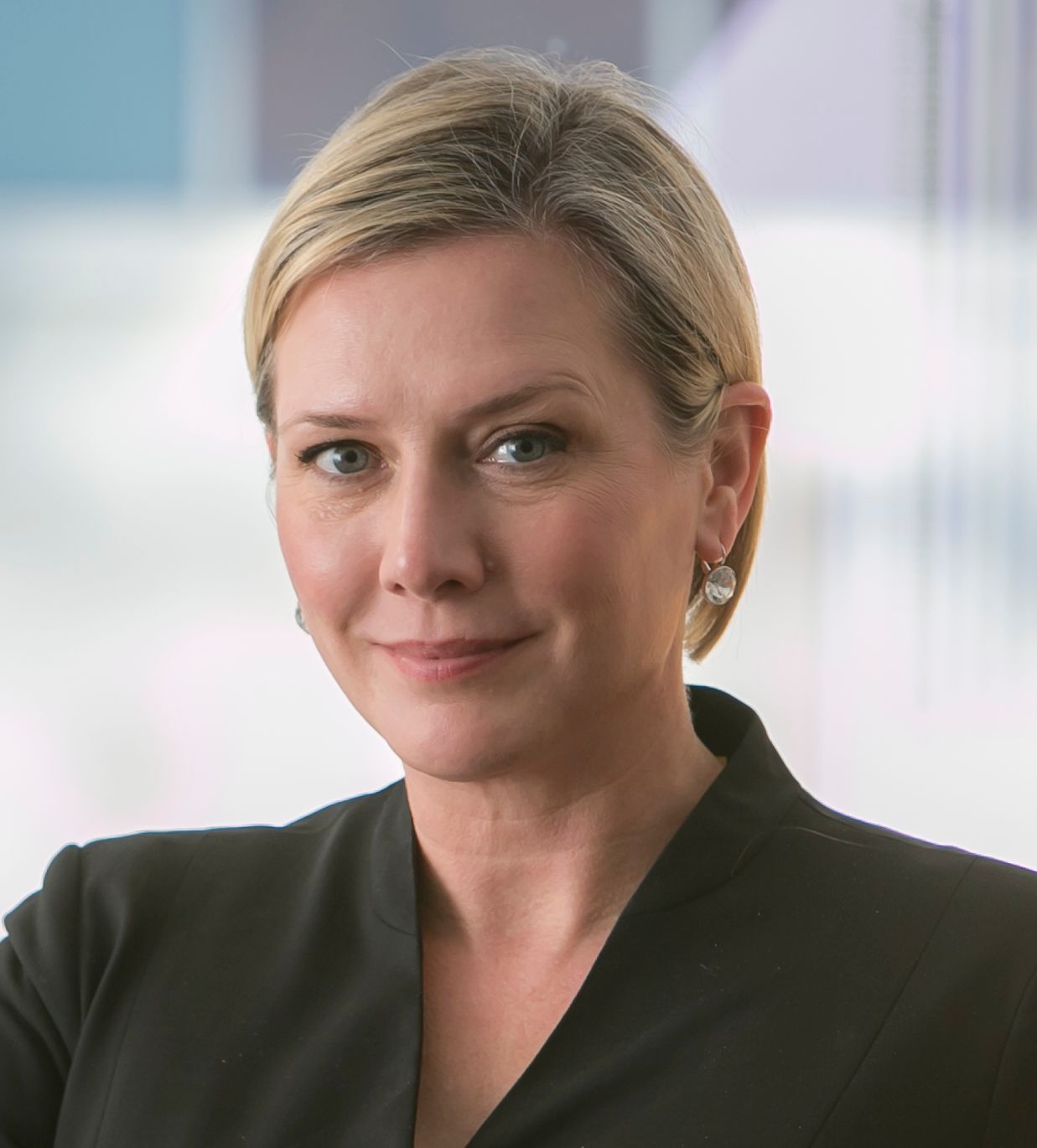
Before the COVID-19 pandemic, Moderna was a clinical-stage biotech with an interesting mRNA4 vaccine platform, 10 years in the making. But to make the vaccine leap from lab to a person’s arm took money from the NIH and the National Institute of Allergy and Infectious Diseases (NIAID) and the research prowess of Scripps, Dartmouth College, the University of Texas, Austin, and NIAID to develop the stabilization technology for the protein spike.
The spitfire, communal development of the Pfizer and Moderna vaccines is a clear sign that cooperation among all interested parties must continue, says Tiffany Wilson, president and CEO of the University City Science Center (UCSC) in Philadelphia. The center’s 11-year-old QED program (QED stands for quod erat demonstrandum, latin for “proven as demonstrated”), which only takes academic applicants from area universities, provides researchers who have novel ideas with real-world advice and assistance.
Wilson acknowledges that it took little time for the COVID vaccines to reach FDA’s doorstep, but in reality, they were in development for a long time. Researchers worked round the clock, and, in some cases, were spared from worrying about funding because the NIH was picking up the tab. These were extraordinary circumstances.
“In the future, people won’t stay up for 24 hours, there will not be billions of dollars [of available NIH money], so we need to bring different people into the sandbox to turn out promising products,” adds Wilson.
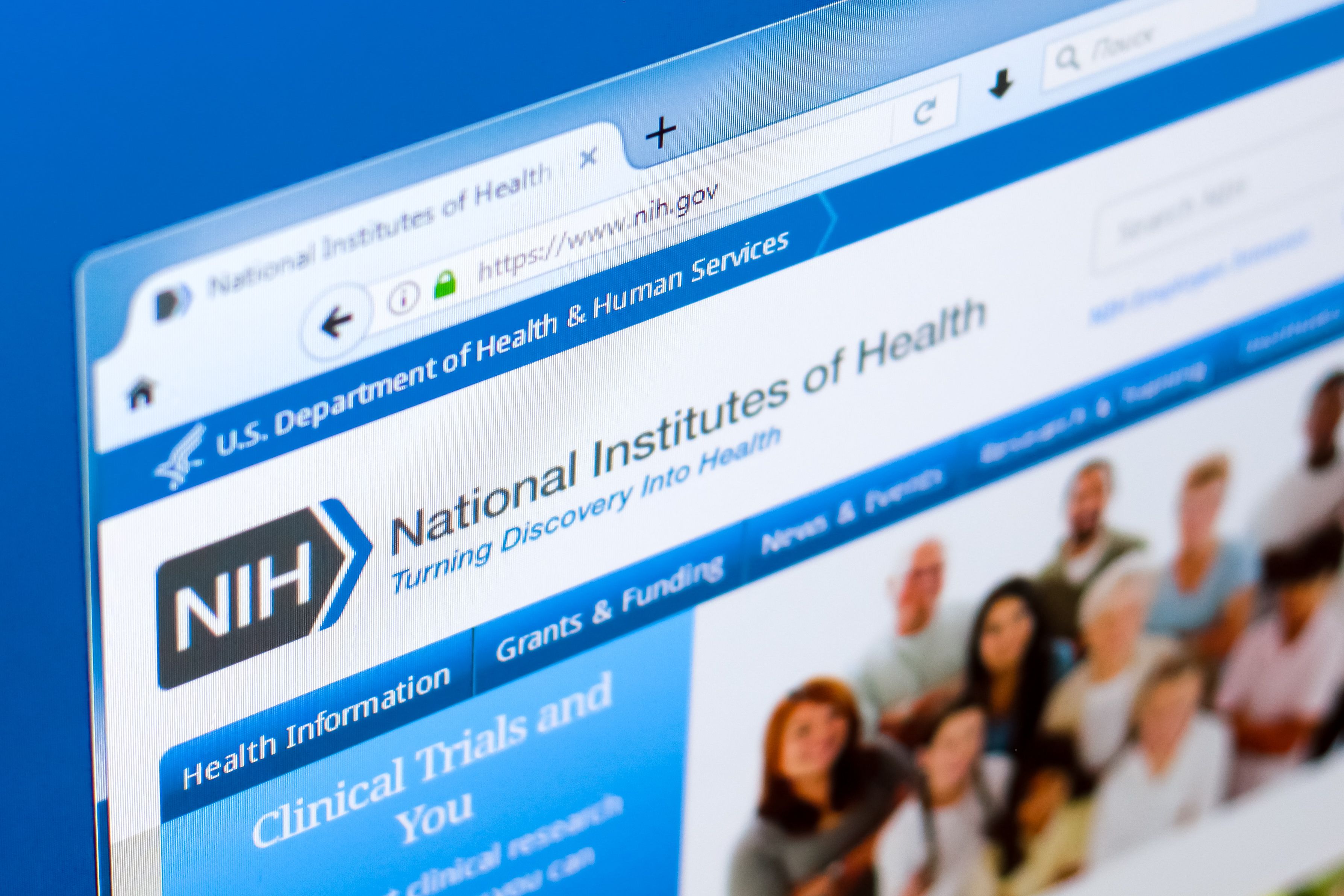
The sandbox isn’t restricted to drug development. The Edinburgh project, spearheaded by the nonprofit Centre for Process Innovation (CPI), has “brought together the various stakeholders to tackle the problems that limit production,” says Neil Sheddan, business development director at the Medicines Manufacturing Innovation Centre at CPI. CPI helps researchers get their ideas from the lab to the market. Its first project, for example, will explore how continuous direct compression can amp up production of solid dosage therapies more efficiently.
Another center, also supported by GSK, is located in Melbourne, Australia. Both projects include government and academic partners.
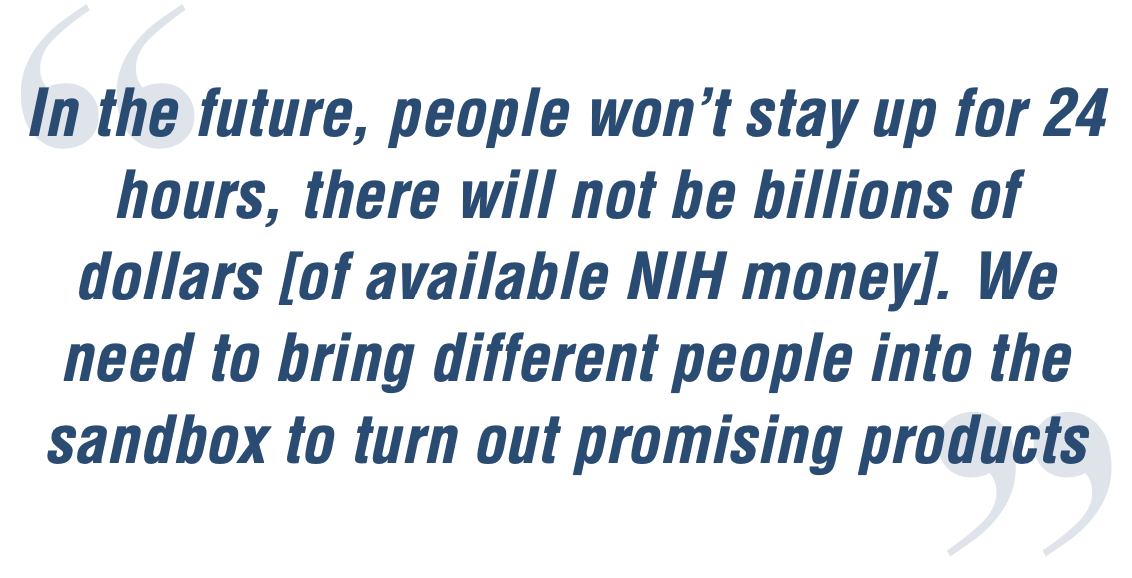
The “not-invented-here syndrome” mentality is changing, contends Ramanathan. The goal of reaching patients more quickly with a new therapy or medical device is driving more partnerships. The old model, he believes, “is not working.” The optimal model is “shoulder-to-shoulder, eye-to-eye. It has to be 50-50,”says Ramanathan.
Astellas Chief Medical Officer Bernhardt Zeiher, MD, FCCP, FACP, agrees. He believes a biopharma company’s ability to take a new molecule from lab to approval has made established pharma rethink its relationships with its new cousins, and to reconsider who has to reach out first. “If the biotechs aren’t seeking us as partners earlier in the development of products, [maybe we should seek them out],” Zeiher told Pharm Exec. “It’s more of a question of how to structure it in a way that is complementary and attractive to both sides.”
The genesis
Frederick Jones, MD, a partner in BioAdvance, an early-stage VC fund, said pharma’s new mindset can probably be traced back to the first approvals of biotech products. Genentech received approval in 1985 for Protropin, the growth hormone treatment for dwarfism. Amgen, at about the same time, won clearance for Epogen, a recombinant erythropoietin. But the big change, according to Jones, came with the technology to make proteins at scale. Antibody development “took off after that.”
“Anytime you introduce a new platform, like gene or cell therapy, there is a huge amount of platform development and approval risk,” he says. “It takes capital, and venture capitalists were willing to take a high amount of risk. Pharma hadn’t been inclined to go after that stuff on their own, but when Genentech and Amgen proved you could do it, here was a huge wave of acquiring [platforms with] monoclonal antibody capability.”
Five years ago, established pharma did not consider looking at any companies that had not reached a Phase II trial, said Salim Syed, managing director and head of biotechnology research, Mizuho Americas, part of Mizuho Financial Group, during an interview late last year. “Now, they have no data, or are preclinical, or have very small and early 10-20 patient trials.”
Consider:
- BIO. At its first convention, in 2005, the organization counted 7,500 partnering meetings.5 This year, BIO posted in early January that 8,200 meetings were scheduled so far for its spring virtual event.6
- Private investment. Last year, venture capitalists in the US and in Europe spent $24.65 billion on deals and investments on biopharma alone, $9 billion more than in 2019.7
- IPOs. A total of $9.7 billion fueled 57 IPOs in 2020, surpassing another record year, 2018, which raised $5.1 billion.8
- IPO attraction. Before 2017, the more successful biotechs8 were at trial stage before going public. Pharma experts say that is no longer the case.
- Increased regulatory approvals. In 2019, FDA approved 48 novel drugs; in 2020, 53. “Once you establish a pathway, it reduces regulatory risk,” says Jones.
The Bayer approach
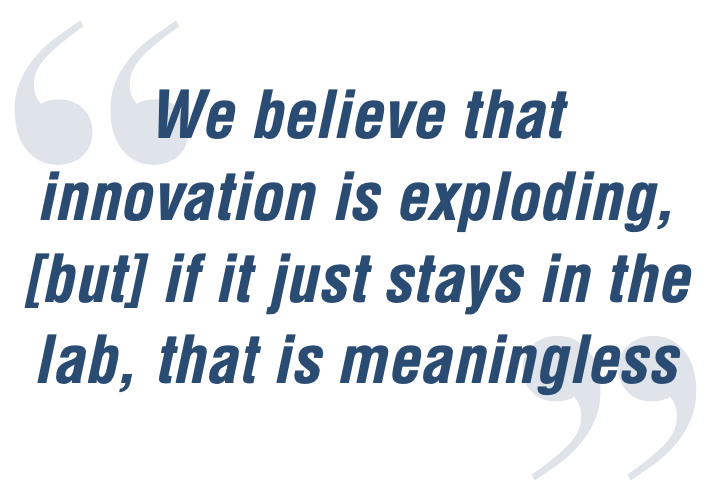
Established pharma manufacturers may be looking for innovation in myriad ways, but they all want these innovations to contain quality science, have high translational value, and meet unmet needs.
At Bayer, the German drug giant is seeking those three virtually every which way. “We believe that innovation is exploding, [but] if it just stays in the lab, that is meaningless; our goal is translation of innovation to impact patients,” says Ramanathan.
Bayer has innovation centers throughout the world, along with 60 partnerships with medical institutions. These partnerships are formed to advance specific areas of research, such as oncology and vascular disease. Bayer found its recent partner for chronic obstructive pulmonary disease (COPD), Massachusetts General Brigham, by conducting a “detailed landscape analysis” of all possible partners, notes Ramanathan.
When he and his staff narrowed the number to three institutions, they visited them all.
Bayer has mentoring programs for startups as well,⁹ and is now looking at area universities for the same reason. The most important way to find innovation, asserts Ramanathan, is to lay the groundwork by reaching out to the area’s ecosystem—schools, labs, and companies.
The mentoring programs, he says, have delivered a number of opportunities. As for tangible results coming from the partnerships, Ramanathan says there are 14 assets in various stages in the clinic. He points out that Bayer has learned from those projects that didn’t work, not because of faulty science, but the translation had issues—not finding enough appropriate patients to power the trial, for example.
And the company is learning from the methodologies involved in producing the COVID vaccines so quickly. For example, taking preclinical assets and testing them against the virus.
Bayer recently announced a partnership with CureVac,9 a biotech using mRNA in its medicines development, to provide support, financial and otherwise, for CureVac’s coronavirus vaccine candidate, CVnCoV.
With several public and private partnerships in place for Bayer, the companyis testing existing assets, according to Ramanathan. He admits establishing all these relationships takes time, especially the partnerships. “We want to approach them in a nimble, agile manner,” he says.
The NIH/NIA approach
The NIH and NIA launched its AMP with nonprofits, advocacy groups, and 12 biotech and pharma companies, all fitting under the AMP umbrella. The agency’s expressed purpose, says Petanceska, was to “put drug development on a firmer foundation.”
Disease-specific partnerships were launched for Alzheimer’s, diabetes, and rheumatoid arthritis. Schizophrenia and Parkinson’s disease have since been added.
The number of pharma participants has increased. There are 17 nonprofits, including the Pharmaceutical Research and Manufacturers of America (PhRMA). Funding for all five partnerships, which for the most part are five-year cycles, is in excess of $400 million.10

According to Petanceska, the NIH has used the “insufficient understanding” of these disorders as a basis for partnership.
“With the genomic and big data revolution, and new scientific approach, here was an opportunity to generate the necessary data and insight to inform discovery of therapeutic targets and diagnostics,” she says.
All members of the AMP Alzheimer’s partnership share in funding the research; all must agree to share their data in a public portal called the Knowledge Portal, developed by a member nonprofit Sage Bionetworks.
Research is focused on finding biomarkers and therapeutic targets. The data release for December, for example, included data from patients in the Religious Orders study and the Memory and Aging project, out of Rush University.
This portal is open to all researchers, and, according to Petanceska, is being well used. So far, 3,000 researchers worldwide have accessed the portal’s data; 60% were researchers in academia, with the rest from private industry.
“This is testament to the success of deploying open science,” adds Petanceska.
Another AMP Alzheimer’s site contains information on potential targets that researchers have nominated. The team of researchers from the Broad Institute, Rush, Columbia University, Duke University, the Mayo Clinic, the University of Florida, and the Institute of Systems Biology nominated gene symbol CLU (clusterin); the cohort studies included the Religious Orders study. Clusterin has long been identified as a significant risk locus11 for Alzheimer’s; when not mutated, the CLU gene product assists in clearing debris.12
Studies and published works in PubMed from AMP Alzheimer’s project participants include work on showing differences between the cerebral cortical and cerebellar brain regions, finding drug targets genetics, and the brain transcriptome.
Petanceska notes that researchers are finding connections across the five different disease-specific AMPs. “We are discovering new molecular ties between types of risk and comorbid conditions in [Alzheimer’s],” she says.
What is key here, Petanceska adds, is that the research community at large can look for commonalities and what is distinct among these diseases, and search for molecular targets. These are good consequences of working at this scale.
And they offer potential tools to speed up Alzheimer’s R&D, where time, of course, is of the essence.
“We have no time to waste,” says Petanceska.
University City Science Center
Pennsylvania state money helps fuel UCSC, which operates a 24-acre campus of 16 buildings along Market Street in University City, West Philadelphia. Established in 1963, UCSC was the first urban research park in the US and is currently the largest.Funds from the state’s share of the tobacco settlement helped start the center’s QED program in 2009; the state’s department of health helps fund it now.
UCSC’s goal is to advance projects begun in academic labs. Such labs compete for three projects in various cohorts, with grants of up to $200,000 each to pay for legal, business, and marketing advice. Award money also comes from the winning teams’ university. On the selection committee are Janssen ( Johnson & Johnson) and Teva, as well as BioAdvance’s Jones.
The QED proof-of-concept program was started, says project manager Sharon L. Ross, because support at the time for early development efforts out of academia was anemic at best.
Since its inception, the QED program has funded 150 projects. These projects then raised $32 million in additional funding. Ten projects have been licensed and eight formed startups. Success, says Ross, is measured in different ways.

Wilson, who recently joined the center, has program expansion plans. She shares Ramanthan’s philosophy about becoming part of a community’s biotech ecosystem. For QED, the hope is to extend beyond its current model of providing award winners with expertise on patents, government regulations, and the like. Wilson wants these projects to get closer to commercialization. QED works, she says, but the goal is to consider broader, strategic relationships. “We want to make sure we are de-risking projects for commercial development,” Wilson told Pharm Exec.
Novo Foundation
Aleks Engel, PhD, is a partner with Novo Holdings, which handles investments for the Novo Foundation. The foundation was established when Novo Nordisk was founded in 1923.
Novo Holdings started in 1999 and today has 130 portfolio companies and $60 billion invested. It’s an odd kind of VC as well. “We give our profits to the foundation, and it gives away $1 billion a year for research,” says Emgel.
A few years ago, a program was established by the Novo Foundation that provides three-year grants to researchers in disease-specific fields. The program for one of those specific fields, infectious diseases, isn’t focused solely on developing new therapies that have more power than the targeted bug. It’s also about changing how payers look at these therapies.
The antimicrobial crisis is more a marketing problem than a pharma failure, Engel believes, adding that the issues largely center around reimbursement.
Antibiotics, he reminds, are critical parts of the infrastructure of medicine: They enable hip transplants, kidney transplants, and a host of other surgical procedures. “These are of massive value to society,” says Engel. “But because of resistance development,” time is ticking on how much longer these types of procedures can safely be done.
The point of the Novo Foundation program, Engel adds, is to have healthcare providers and payers change their mindset about access and use of antimicrobial products. He calls it “delinking from volume.”
References
- http://blogs.nature.com/tradesecrets/2015/06/18/the-aging-of-bio-international-convention
- https://www.repair-impact-fund.com/about/
- https://endpts.com/with-its-rank-and-file-churning-out-startups-dana-farber-launches-venture-fund-to-capitalize-on-that-success/
- https://www.fiercepharma.com/pharma/moderna-could-join-ranks-top-vaccine-companies-by-revenue-year-ceo-says-as-covid-19-vaccine
- http://blogs.nature.com/tradesecrets/2015/06/18/the-aging-of-bio-international-convention
- https://go2.bio.org/VLHs0003nU0Z200ElpXCZJ0
- Silicon Valley Bank. Healthcare Investments and Exits, 2020.
- https://www.biospace.com/article/pitchbook-report-biotech-and-biopharma-venture-capital-likely-to-exceed-20-billion-in-2021
- CureVac and Bayer join forces on COVID-19 vaccine candidate CVnCoV, press release, Jan. 7, 2021.
- https://www.nih.gov/research-training/accelerating-medicines-partnership-amp
- https://molecularneurodegeneration.biomedcentral.com/articles/10.1186/s13024-015-0024-9
- https://www.sciencedirect.com/science/article/abs/pii/S1357272501001558?via%3Dihub
Christine Bahls is a freelance writer and researcher based in Pennsylvania
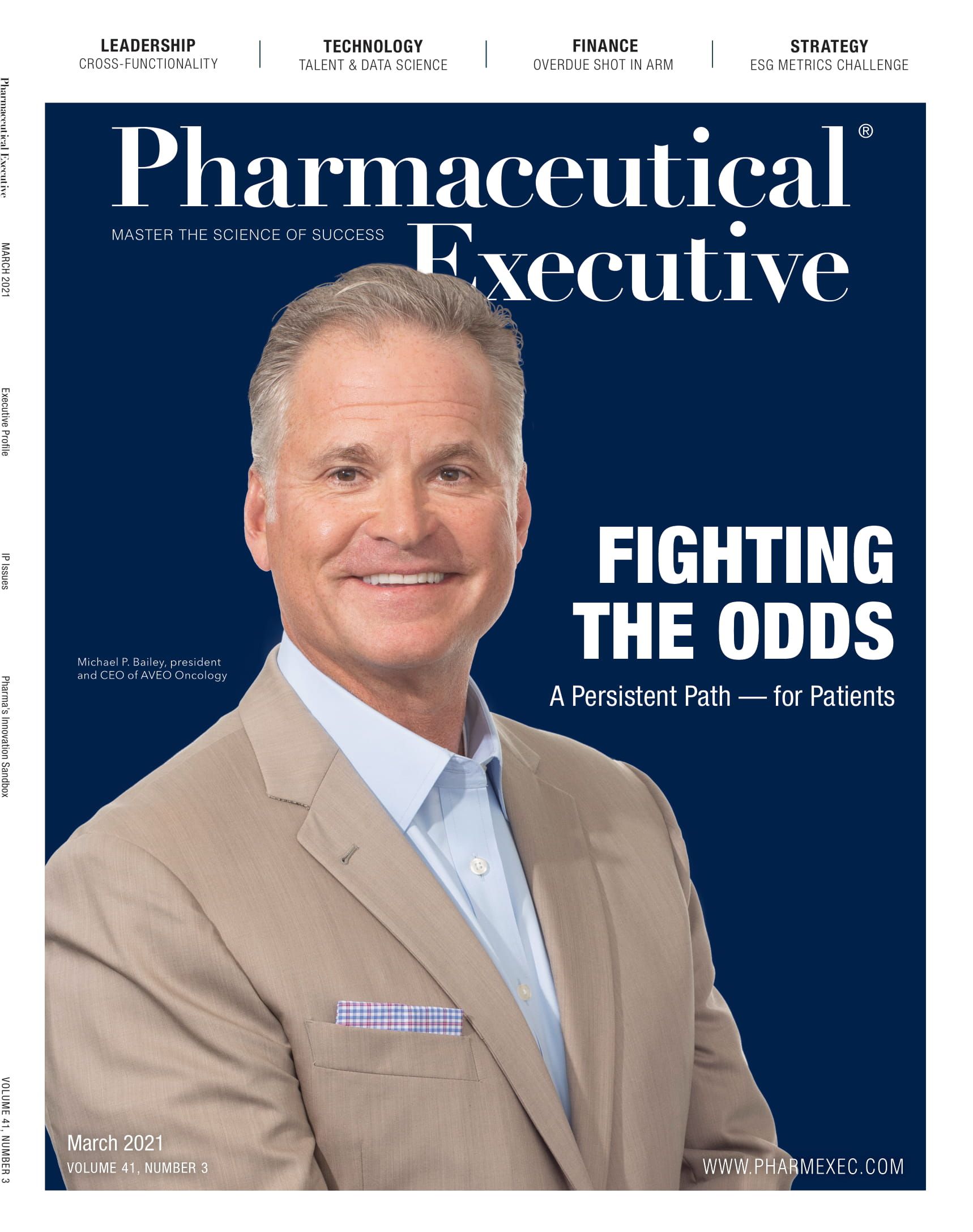
Cell and Gene Therapy Check-in 2024
January 18th 2024Fran Gregory, VP of Emerging Therapies, Cardinal Health discusses her career, how both CAR-T therapies and personalization have been gaining momentum and what kind of progress we expect to see from them, some of the biggest hurdles facing their section of the industry, the importance of patient advocacy and so much more.
